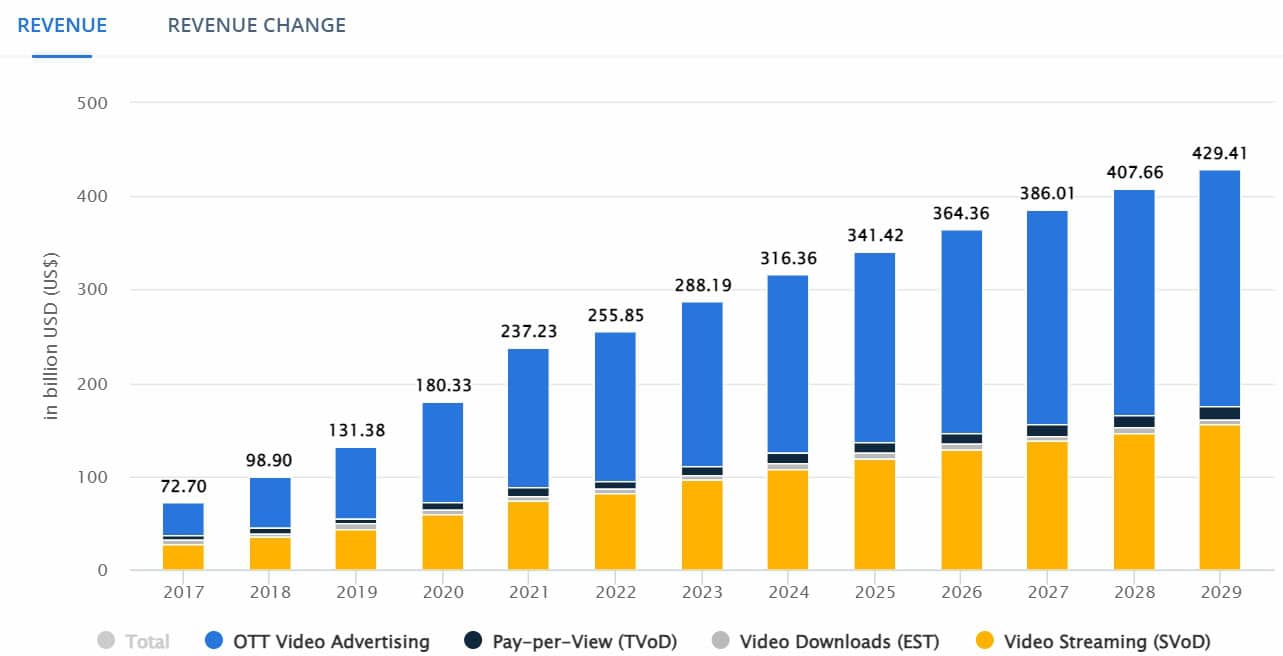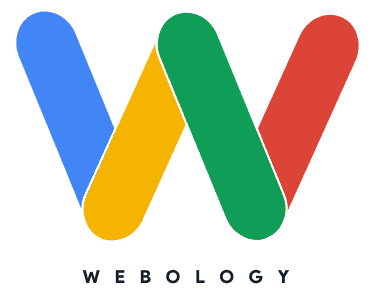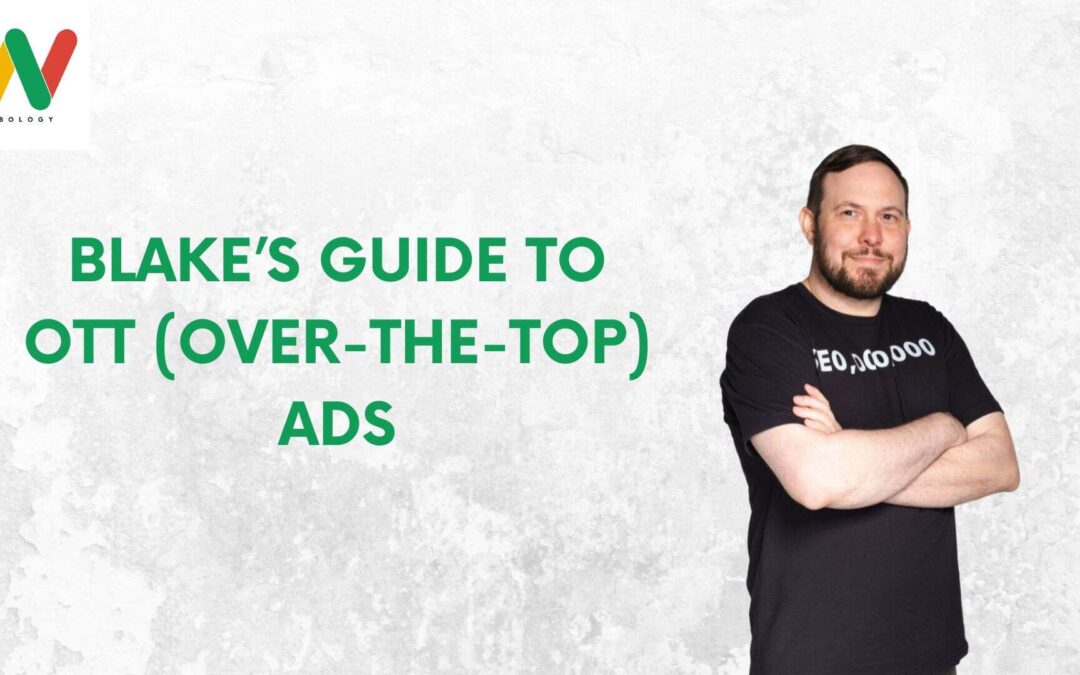The way we consume content has changed in the last few years.
People aren’t subscribing to cable TV as much as they used to. My parents FINALLY cut the cable last year, so it’s not just the under 30 crowd making the switch. Why? Mainly because they now have more control and lower costs thanks to streaming services.
And, as a business owner, you need to follow your customers. How do you do that? Through OTT advertising!
In this blog post, we’ll dive into the details of OTT ads. You’ll learn what are OTT ads, how they work, and how to launch, track & optimize an OTT campaign from scratch.
Table of Contents
What are OTT Ads? Everything You Need to Know
Imagine you’re the proud owner of a doggy daycare and pet grooming business in a small town and suddenly, a big-box competitor like PetSmart opens up a mile away. That’s a problem but with programmatic ads served ‘Over-the-Top’ on connected TV, you can turn it into an amazing opportunity! Since we’re able to target down to a specific street address, we can follow people home from PetSmart and serve their whole family an ad about our amazing dog grooming discount we’re offering new customers! That’s just one possible scenario where OTT Ads might help a local business like yours. Let’s learn more and begin by uncovering the concept behind the whole process.
What are OTT Ads?
NO, when we say ‘over the top’ in this case, we’re not talking about my usual writing style! 🤣 OTT (Over-the-Top) advertising is when you showcase your ads on streaming media services on the internet. The advertising model lets you meet your target customers where they spend much of their time.
OTT ads can be served on a variety of devices, including:
- Mobile phone
- Desktop
- Laptop
- TV
Therefore, you’re not only limited to television and we can get really creative with the where and when people see your ad.
Unlike traditional TV ads, OTT advertising lets advertisers reach specific audience segments. Plus, you can measure the effectiveness of OTT ads through detailed analytics.
Benefits of OTT Ads
According to Statista, the revenue from OTT advertising is expected to reach $341.42 billion in 2025.

Drawbacks of Traditional TV Ads
Probably the biggest drawback of traditional TV ads is the lack of traceability.
You’d serve an ad and hope that it’ll reach your target audience who may or may not interact with your brand.
OTT ads let you get in front of the right people at the right time. Another great example might be a grocery store that serves an ad only to shoppers who recently went through the checkout line at a Wal-Mart store 1 mile away. Those people are likely customers for the grocer and they can include an QR code on the screen that links to the weekly coupons.
OTT ads work like magic for a campaign like this. They also enable advertisers to track, measure, and optimize our campaigns for maximum impact.
Here are some unique benefits offered by OTT advertising over traditional TV ads.
Improved Ad Delivery
You can serve OTT ads across different internet-enabled devices, which is great as you can reach more of your target audience.
However, it’s also true that TV ads offer a great ad experience. The good thing is you can work with a good ad platform and serve OTT ads on TV devices the right way.
Targeting and Tracking
This is where OTT ads shine. Like other digital advertising methods, OTT ads offer powerful targeting and tracking capabilities.
You can use third-party data to reach your target audience with OTT ads.
Or, you can use first-party data by tracking views and engagement on your website.
Moreover, you can use third-party services to track your KPIs and optimize your efforts along the way. These KPIs include:
- The number of ad viewers
- The number of ad viewers visiting your website
- The platforms that are driving those visits
- The actions someone takes from the top of the funnel to the bottom
In short, there’s no shortage of tracking data when it comes to analyzing the impact of an OTT ad campaign.
How Does OTT Ads Work?
Let’s have a zoomed-out view of the step-by-step OTT ad creation process.
Planning
Audience research is the most important part of planning an OTT advertising campaign.
Figure out who you’re trying to reach. Understand their preferences, goals, pain points, location, viewing habits, etc. A third example I can share of this would be a real estate agent who leverages MLS data to only target people who recently visited another open house within 5 miles of the one they are trying to sell. Again, this is a highly-effective strategy we’ve used with success at Webology.
Content Creation
Once you understand your audience, it’ll be easy to create high-impact advertising content. These can be short clips, commercials, and any relevant promotional material. Your content should be engaging, relevant to your audience, and highlight the unique selling points of your product or service. Use visually appealing graphics and catchy taglines to grab the attention of your target audience.
Don’t be afraid to get creative and try different formats such as animated videos, user-generated content, or influencer collaborations. The key is to make sure the content aligns with your brand messaging and resonates with your audience.
Platform Selection
Next, you can select the exact OTT services to showcase your ads on. Examples include Hulu and Roku. You can use a third-party service to showcase your ads across multiple platforms too.
Purchasing Ad Space
There are two ways to book ad space:
- Directly through the platform
- Programmatic advertising
The latter uses artificial intelligence to place and optimize your ads for maximum output.
Setting Up and Launching the Campaign

Next, decide on the exact place and time of your ad for your selected OTT platform. Once the campaign is launched, your ad will start showing.
Campaign Monitoring, Optimizing, and Reporting
Once your campaign is live, you can track your KPIs such as:
- The view-through rate
- Click-through rate
- Conversion rate
When you have tracking data, you can optimize your media and delivery for an improved output.
Tracking and optimizing isn’t enough though. You should inform your future OTT ad campaigns by creating a detailed report on what worked and what didn’t.
Types of OTT Ads and Devices
You can deliver your ads on multiple OTT platforms in several ways. The most common types include:
Pre-roll
The pre-roll ads, as the name suggests, appear before the start of the main content. A pre-roll ad is typically between 15 and 30 seconds in length.
Mid-roll
The second type of OTT ads are mid-roll ads that appear within the main content and can be anywhere between 30 to a few minutes long.
Post-roll
Post-roll ads are generally longer than pre-roll ads, ranging from a few seconds to a few minutes in length. They appear after the main content.
Banner
An ad that appears at the top or bottom of a viewer’s screen while they’re watching the main content.
Overlay
Overlay OTT ads, as the name suggests, appear on top of the main content. They’re usually not interrupting but have a better chance of directing the viewer to your landing page.
As you can see, each ad type is unique in the way it reaches your target audience. Of course, you can use more than one OTT ad type for maximum results.
In addition, there are several types of OTT devices to serve your ads on, including:
- Amazon Fire TV Stick
- Apple TV
- Roku
- Google Chromecast
- Smart TVs
- Gaming Consoles
What Are OTT Ads: Conclusion
Traditional TV ads can give your brand a massive reach, but they don’t normally help you reach the right people.
People that are more likely to interact with your brand and become your customers.
Over-the-top (OTT) ads help you serve your ad media to your target audience.
So, just like digital advertising, you can develop a customer avatar or buyer persona for your OTT ads.
Not only that, with an OTT ad campaign, you can optimize your campaigns for better delivery with actionable tracking data.
You can serve OTT ads in multiple ways (pre-roll, mid-roll, post-roll, etc.) and on multiple devices (Roku, Fire TV, etc.)
You May Also Like: Exploring Digital Strategies and Trends











